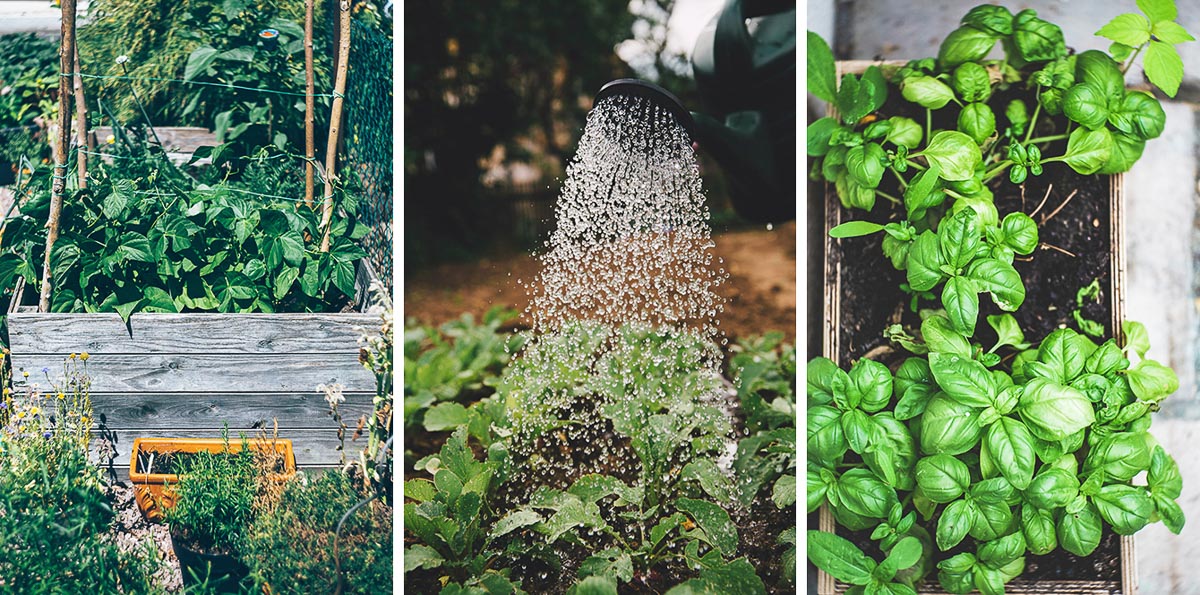The smart Trick of City Blooming That Nobody is Discussing
City Blooming Fundamentals Explained
Table of ContentsThe City Blooming PDFsThe Only Guide for City BloomingThe City Blooming IdeasThe City Blooming PDFsSee This Report about City Blooming
Intrigued in growing food for sale in the City of Chicago? Below is a list of frequently asked concerns relating to the guidelines and laws that growers should take into consideration when preparing an urban agriculture job.
The zoning amendment does not customize any type of various other codes taking care of composting, structure authorizations, purchasing or renting City owned property, service licenses or environmental contamination. There are existing codes that control these problems and they stay in full effect and may apply to your project. Community yards are typically had or managed by public entities, public organizations or community-based organizations and kept by volunteers.
Urban ranches expand food that is planned to be marketed, either on a not-for-profit or for-profit basis. Because of their business objective, urban farms need a business license. Yes. A community yard is enabled to market excess create that was grown on site if the sales are accessory or subservient to the yard's key function explained over.
Not known Facts About City Blooming
Composting is permitted but only for plant product that is produced and utilized on website. The amount of garden compost material can not surpass 25 cubic yards at any type of offered time according to the criteria in 7-28-715 of the City's Municipal Code. Yes. Since the soil at a lot of new yard sites requires amending, garden compost, dirt, wood chips, or various other products can be acquired to build or improve the expanding room - home and garden.

If a building permit is needed then the hoophouse will be thought about an accessory building. You can figure out even more regarding the building authorization needs by calling the Division of Structures. The 25,000-square-foot size limit is planned to prevent a single neighborhood garden from controling an offered block or interfering with the block's existing household or business personality.
The limit does not apply to yards found in Public Open Space (POS) districts. Can there be more than one area yard that is 25,000 square feet on a single block? Secure fencing is not required, however, yards that have big auto parking locations may be required to install secure fencing or other landscaping features.
Excitement About City Blooming
B1 & B2 areas call for that all business usage tasks be carried out inside your home. visit R areas limit commercial activity. The guidelines show the purpose and intent of the Zoning Code. Is secure fencing needed for urban farms? Yes. Fencings may be required, along with landscaping and screening, for particular parking locations and outside job or storage space areas depending upon location and the certain activity taking place.
Urban farms require structure licenses and zoning approvals prior to construction (eco-friendly practices). Other forms of city testimonial may be required depending on particular frameworks, tasks, size, landscape design, licensing, public health and stormwater management concerns.
The Department of Service Affairs and Customer Protection can assist figure out the particular kind of service certificate that's required. Off street car parking is required for many commercial jobs in Chicago. The required number of car park rooms is based on the number of staff members functioning on website and not the square video of the growing room.
Unknown Facts About City Blooming

A city ranch can market garden compost product generated on website, however, the operation has to comply with the guidelines in 7-28-715 of the Chicago Municipal Code. Aquaponic systems are permitted inside on urban ranches in lots of zoning districts.
As much as five hives or nests of honey may be kept as an accessory use. Beekeepers need to sign up with the Illinois Division of Agriculture. For additional information about the recommended zoning change you may speak to the Department of Real Estate and Economic Growth, Bureau of Preparation and Zoning at 312.744.8563.
Farming in cities and city areas A city farm in Chicago. Urban agriculture refers to various techniques of growing. https://telegra.ph/City-Gardening-Embracing-Green-Spaces-in-Urban-Life-06-27, handling, and dispersing food in urban locations. The term likewise uses to the area tasks of animal husbandry, tank farming, beekeeping, and horticulture in a metropolitan context. Urban farming is distinguished from peri-urban farming, which happens in backwoods at the side of suburbs.
9 Simple Techniques For City Blooming
It can involve an activity of organic farmers, "foodies" and "locavores", that look for to develop social media networks based on a shared values of nature and neighborhood holism. These networks can create using official institutional assistance, ending up being incorporated right into local community preparation as a "change community" movement for sustainable metropolitan growth.
In either case, the a lot more direct accessibility to fresh vegetable, fruit, and meat items that might be realised through urban farming can enhance food security and food safety and security while lowering food miles, bring about lower greenhouse gas exhausts, therefore adding to climate adjustment reduction. Several of the initial evidence of metropolitan agriculture originates from Mesopotamia.